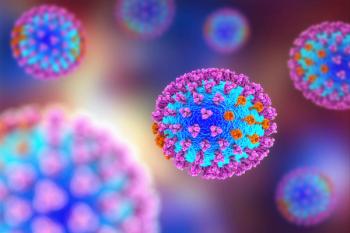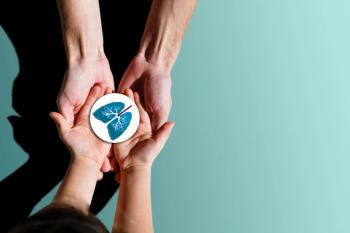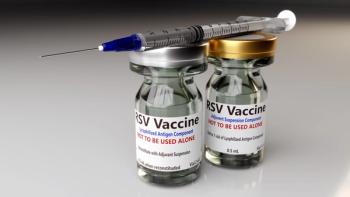
HIV Disproportionately Affects Transgender Women, CDC Reports
There is a great need for additional outreach to the transgender community, especially by addressing concerns that include fear and loss of confidentiality, distrust of the medical community, abandonment, and abuse.
In the United States, transgender women are disproportionately affected by
The report shows that 18.8% of transgender women have HIV, based on studies conducted in the United States between 2006 and 2017. The CDC explained that this could be due to the stigma related to gender identity, unstable housing, limited employment options, and high-risk behaviors (eg, sex work, injection drug use).
“The
The CDC analyzed HIV partner services data submitted by 61 health departments during 2013 to 2017 and found of 208,304 index persons (persons with HIV diagnosis), 1727 (0.8%) were transgender women. Furthermore, this analysis revealed that 71.5% of index transgender women were interviewed for partner services—lower than for all index persons combined (81.1%).
These results indicate a need for additional outreach to the transgender community, especially by addressing concerns that include fear and loss of confidentiality, distrust of the medical community, abandonment, and abuse.
The CDC funded the implementation of comprehensive HIV prevention programs in 61 state and local health departments, including partner services, from 2013 to 2017. The report revealed that 71.2% of transgender women partners were notified of their potential HIV exposure, 46.5% were tested for HIV, and 18.6% received a new diagnosis of HIV.
“Full and effective implementation of partner services programs is important to identify persons who are unaware of their HIV status. Partner services is a successful strategy for identifying persons with undiagnosed infection with HIV,” the report concluded. “HIV prevention programs tailored to the needs of transgender women, particularly transgender women who are black, aged ≤35 years, and residing in the South, could help to reduce onward HIV transmission, increase linkage to HIV medical care and prevention, reduce HIV-related health disparities, and contribute to ending the HIV epidemic in the United States.”
The CDC noted that it conducts prevention research for identifying evidence-based interventions that focus on transgender women, as well as funds HIV prevention projects that prioritize the transgender population.
Because this report was on results seen in programs funded by the CDC, the authors note their results may not be generalizable to transgender women across the United States.
Reference
Song W, Mulatu MS, Rao S, Wang G, Kudon HZ, O’Connor K. HIV partner service delivery among transgender women—United States, 2013—2017. MMWR Morb Mortal Wkly Rep. 2020;69(2):35-39. doi: 10.15585/mmwr.mm6902a3.
Newsletter
Stay ahead of policy, cost, and value—subscribe to AJMC for expert insights at the intersection of clinical care and health economics.














































